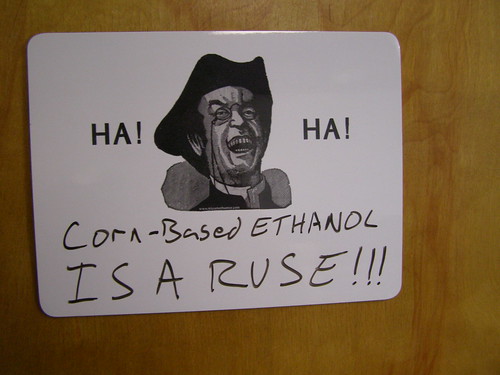Ford Advocates Cap-and-Trade Program Citing US Energy Policies As Critical Factor in Shaping Future Vehicle Fleet
(Source: Green Car Congress) Sue Cischke, Ford group vice president, Sustainability, Environment and Safety Engineering, pointed to the “key role” government policies such as fuel standards and greenhouse gas emission regulations, play in the development and support of Ford’s product and technology pathways. Cischke was speaking at the Center of Automotive Research’s Management Briefing Seminars in Traverse City last week.
Image Courtesy: Green Car Congress - Actual and projected greenhouse gas emissions for passenger vehicles by region/country through 2022. Adapted from ICCT. Click to enlarge.
Cischke cited the recent agreement on one national standard for fuel economy and greenhouse gas emissions regulations as an example of how the government, the auto industry and the environmental community can work together toward common goals. (Earlier post.) The agreement provides a framework to reach an average fuel economy standard of 35.5 mpg in 2016.
The International Council on Clean Transportation (ICCT) calculates that meeting the proposed Federal policy will require a 5.7% annual increase in average fuel economy through 2016. Meeting the California Pavley regulations will require about a 5.8% annual increase in average fuel economy, according to ICCT. By comparison, meeting Japan’s standards for 2004-2015 requires a 1.9% annual increase; meeting the EU targets for 2008-2015 requires a 2.5% annual increase to 2015; and meeting China’s 2004-2009 target requires a 5.3% annual increase.
To meet the demand for higher fuel efficiency, Ford will leverage and expand EcoBoost engine technology that will be available on 90% of the company’s nameplates by 2013. Other technologies such as six-speed transmissions and electric power assist steering, which yield additional fuel efficiencies, will also be widely applied across Ford’s vehicle lineup over the next several years. Ford has doubled the number and production of its hybrid vehicles and announced an aggressive strategy to bring four new electrified vehicles to market over the next three years.
They include a battery-electric Transit Connect commercial van in 2010, a battery-electric Ford Focus passenger car in 201l, and the next-generation hybrid and plug-in hybrid vehicle in 2012.
Click here to read the entire article.



